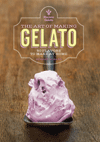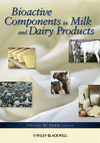Kulfi making big waves in the North American market
Indian frozen novelty meets the needs of both those with a sweet tooth and health-based prerequisites.

Kaurina’s Kulfi’s truck, parked outside the company’s Dallas headquarters, is ready to deliver kulfi to various retailers.
Photos by Brian Berk.
Everyone in America knows about ice cream. But for some frozen novelties, great taste may not be enough to boost a product’s sales. Case in point: kulfi, a unique frozen novelty treat with Indian origins.
Kulfi sales have a ways to go in North America, but it is definitely gaining plenty of popularity, thanks to a small group of dairy processors, including Dallas-based Kaurina’s Kulfi, whom Dairy Foods visited.
The company, led by the father-and-son team of Hari Singh and Aman Singh, has been delighting customers for more than 20 years, and has seen extensive growth, expanding its manufacturing footprint in Dallas’ Farmers Branch neighborhood on multiple occasions.
Kaurina’s Kulfi started in the kitchen as a side business. The Singhs definitely did not think it would be a larger business, but that changed when plenty of extended family members and friends encouraged them to take the product beyond just a household treat.
“We never thought we would be producing product at this scale. We started cooking milk in our sun room in a 15-gallon pot on a summer day,” Hari Singh remembers.
“While I was in college, my brother and I would help out with deliveries and production of the product on a small scale,” CEO and Co-Founder Aman Singh adds. “After graduating, I got a job in my field of engineering, but I also helped the business grow. A few years later, I finally decided to quit my job and join the family business full time. That was 2004, and I have not looked back.”
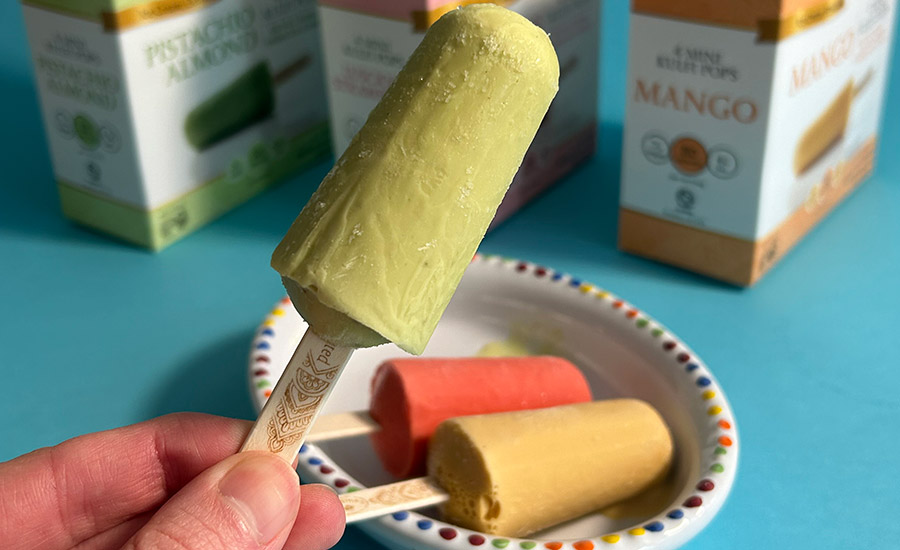
Aman Singh adds his family today is growing the brand beyond any of their wildest imaginations. “We have aspirations to be a nationally recognized brand in the ice cream market for Indian ice cream; specifically kulfi,” he says.
Kulfi existed long before ice cream, likely dating back to the 1700s. “The Mughal Empire ruling India at the time would get large chunks of ice following a treacherous expedition. They would then use that ice to freeze cooked milk,” Aman Singh explains. “They would take milk, slow cook it, condense it into a caramelized consistency like a dulche de leche, and then they would freeze that milk and flavor it with nuts and dried fruits or spices. It then would be served as a frozen treat. At that time, nobody could imagine enjoying food in such a way.”
Western Hemisphere growth
The Singh family moved to Dallas from India in the 1970s. They initially arrived in the Washington, D.C., vicinity, where Hari Singh’s brother lived and sponsored them, but soon moved to Dallas as Hari Singh’s background is in geology and he got an opportunity to work with Mobil Oil Co.
History could have been much different. Had Hari Singh stayed at Mobil longer, a full-fledged kulfi business may never have existed. “I had a good job and the oil industry was good to be in. But I was laid off at Mobil, which was a blessing in disguise. We got a little help along the way, started a business and we also were able to get a small loan at the time, which went a long way to grow our business.” Hari Singh notes.
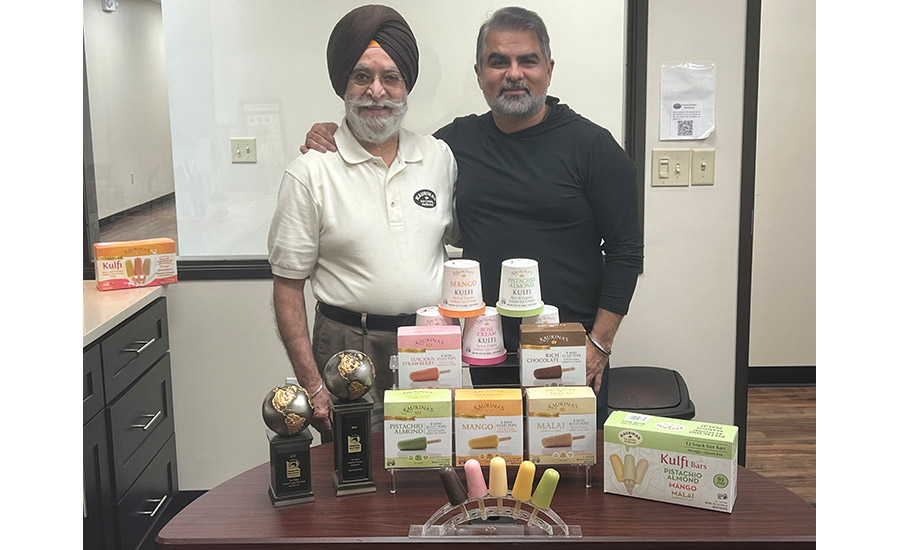
“In 2011, we attended our first trade show in Anaheim [Natural Products Expo West]. A big thing also was an award we won in 2012 at the World Dairy Expo, which was a great surprise. More recently, we won another World Dairy Expo award for our Chocolate kulfi in 2022,” Hari Singh continues.
Above all, Hari Singh stresses he initially wanted to introduce a product to the Dallas community that everyone was proud of eating. Pops are available in Pistachio Almond, Mango, Malai, Rich Chocolate, and Luscious Strawberry flavors, while pints are offered in all the same varieties, as well as Rose Kulfi.
“It had to have nothing artificial. We have kept our recipe and standards, no matter how much we scale it. We are really proud of our products,” notes Hari Singh.
Despite success and growing North America interest in the product, according to the company, Aman Singh acknowledges kulfi has a long way to go before it is considered a well-known ice cream or frozen novelty in the Western Hemisphere. However, Kaurina’s Kulfi has gone a long way toward making that dream a reality.
“It is a 100-year recipe passed down from my great-grandmother that has been unchanged since. We have taken what my mom used to do at the stove at home and scaled it up,” Aman Singh notes.
Aman’s mother has made kulfi since the 1980s, and the business was founded some 25 years ago, when the company moved into a small, 2,500-square-foot commercial kitchen. From there, Kaurina’s Kulfi acquired 2,500 more square feet in 2010.
“We operated at 5,000 square feet until 2019. In 2019, we moved into our current facility, a 30,000-square-foot property that is excellent for making ice cream pops,” Aman Singh notes.
A different dessert
Aman Singh stresses kulfi is a different frozen novelty compared to ice cream, frozen yogurt, gelato, sorbet, and custard. “Kulfi is its own category. That is because of the process and the ingredients we use,” he relays. “It is an unwhipped product. It is made with a 10% butterfat, versus higher percentages for premium ice creams. But because of our caramelization process, kulfi has an indulgent taste and a better mouthfeel than you would get from lower butterfat products. It also is not batch frozen, so you get zero overrun in the mold.”
Malai, a cream infused with cardamom that serves as the original kulfi flavor; Pistachio Almond; and Mango are Kaurina’s most popular flavors, but it does not leave out popular North American flavors such as Vanilla, Chocolate, and Strawberry.
Newly introduced is a Rose Cream flavor, which Aman Singh calls an “exotic but common Indian flavor. It is the essence of rose being put into all kinds of desserts. Cashew Raisin and Saffron are other flavors we can produce as well.”
Kaurina’s Kulfi makes both kulfi pints and pops. The pops are consumed in the common way and are offered in snack sizes in a four-pack, as well as larger 3-ounce bars.
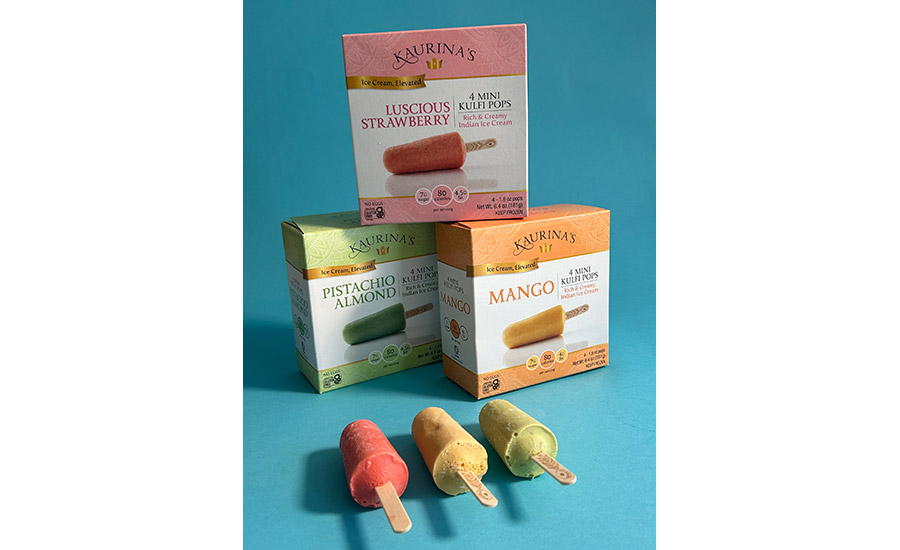
Regarding the pints, watching Aman Singh take the product out of a pint to consume is fascinating (check out the video in our Inside the Plant feature). It involves the pint in an upside-down position compared to traditional ice creams, being removed as a block and cutting it as if it were an ice cream cake. Kaurina’s Kulfi has its own video explaining how to “un-pint” the ice cream, which consumers can access via a QR code on the kulfi pint’s packaging.
“You can scoop it like a traditional ice cream if you like. But if you are having guests or serve it in a different way, you let it sit out, upside-down on the counter for a few minutes and then you can loosen it and perhaps get a serving tray or cutting board and pop it out,” Aman Singh says while demonstrating the process. “It looks like a block of cheese. We did this at a wedding recently and it was a big hit. It is a whole new way of experiencing kulfi.”
Less guilt
Kaurina’s snack-sized pops only contain 80 calories, so the company believes it is a perfect dessert for consumers seeking a frozen treat after a meal but who are also interested in maintaining a healthy profile.
“A comparable premium item is double the calories, double the fat, and double the sugar. So, you are getting an indulgence but also a better-for-you nutritional value, without sacrificing the value of consuming it,” Aman Singh maintains. “With kulfi, you do not need to do mental math to determine if you want a satisfying frozen treat versus a healthier frozen item. Many people can enjoy one or two pops and not exceed their calorie goals. You get a low-calorie treat that is still sweet and creamy. We really want people to savor the moment and enjoy our products.”
Kulfi does not melt quickly, another benefit of the product, potentially allowing consumers to savor it longer. “We all need more moments in life when we can slow things down and be in the moment. You do not have to think about anything else other than the experience you are having,” Aman Singh stresses.
Kulfi also bears a gluten-free designation, something Aman Singh states is very important for a large swath of consumers. “Kulfi has very few ingredients. Half-and-half milk, cane sugar, natural flavor, and a bit of starch for the thickening of the product,” Singh says. “That’s it. There are no other added ingredients. We stay true to the original recipe.”
Where do we go from here?
Although Kaurina’s has some North American competitors, Aman Singh maintains it is difficult for a ton of companies to get involved with selling kulfi because it requires a “laborious process.”
But for those like Kaurina’s who are willing and able to manufacture the product, the results have been impressive. “We are very bullish on kulfi. In 2012, Costco took a chance with us and helped us grow. It was a proof of concept for us,” Aman Singh notes. “We have had tremendous growth. We feel the market is finally ripe for disruption. We want to provide a better-for-you, tasty product that has an origin.”
The American public is now “crazy curious” about kulfi, Aman Singh continues. “Although Indian products have disrupted the snack aisle, little has happened with Indian frozen desserts. That is our plan. We have had a lot of people of non-Indian heritage try our product at Costco, Whole Foods, Central Market, or other retailers, and say something like, ‘I just discovered my new, favorite item. I am just learning about it. It is amazing.’ That gives us the confidence that kulfi is a product to keep pushing out to the market. We are all-in on kulfi.”
Kaurina’s Kulfi is primarily sold in Texas, at Costco, H-E-B, Central Market, Tom Thumb, Whole Foods, and more. The product is also sold at Costco stores in the San Francisco Bay Area, the Northwest, and the Northeast. Many of these locations were added in October.
In mid-November, Kaurina’s Kulfi was added at Food Bazaar, Morton Williams, Gourmet Garage, D’Agostino, and Gristedes, as well as independent stores in the Northeast.
“We have had past store rotations in the Northeast, which were very successful. So, we are very excited about being added at a lot of Northeastern stores,” Aman Singh concludes.
Looking for a reprint of this article?
From high-res PDFs to custom plaques, order your copy today!







